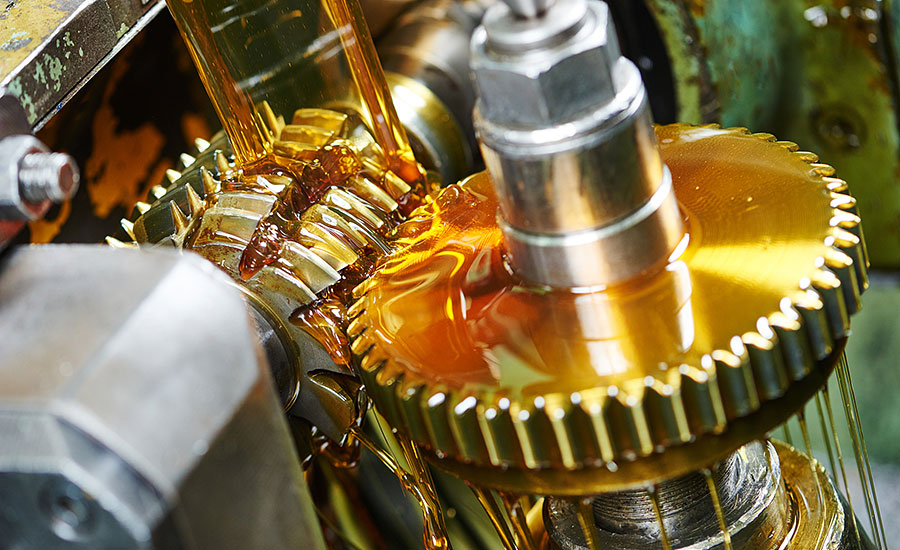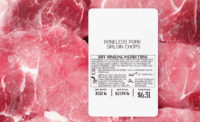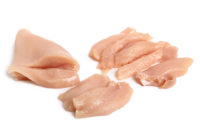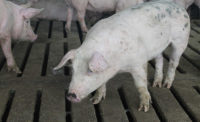When it comes to enhancements in food safety from a lubricant perspective, previously unknown terms such as NSF H1 and CFIA have become common place. Even ISO 21469, which refers to the hygienic manufacturing process for a food-grade lubricant, is becoming well known throughout the industry. It accounts for the lubricant and its ingredients, as well as the manufacturing process, handling, packaging and storage. The goal of this holistic approach is to ensure the lubricant is not only manufactured in accordance with the standards, but that it is also delivered intact and free from outside contaminants.
One aspect of these programs that is often overlooked is the application of food-grade and ISO 21469 certified lubricants once the grease cartridge and/or oil pail is inside a facility. One option to consider is the use of a single-point automatic lubricator (SPAL). A SPAL delivers the correct amount of lubricant at the appropriate interval over the lifetime of the applicator. When combined with the optimum lubricant, this can reduce the operating temperature of a component and avoid other issues that can occur due to under-lubrication. It is important to understand the benefits that can come from a SPAL, not only from a maintenance and safety standpoint, but also from a quality and reliability standpoint.
Maintenance
The use of a SPAL can lead to increased uptime for machinery by offering continuous, uninterrupted lubrication for various components. These units can work to avoid common issues, such as:
- Cross-contamination with incompatible materials
- Ingress of water into a lubrication point
- Missed or over-lubrication of key components
- Excessive downtime for maintenance
- Increased labor costs from manual lubrication
These issues can significantly impact the bottom line by reducing productivity and can also lead to unexpected and/or premature machinery failures.
Quality
R&D within the lubricant industry has advanced in recent years. Products available today now cover applications that were thought to be possible only from non-H1 materials. Many organizations are now realizing it is not just about the decision to go to a food-grade program, but to ensure that the application of these products is done in a controlled manner. Using a SPAL can help improve food safety by avoiding the following:
- Improper mixing with non-food-grade materials
- Contamination coming from an open system and/or lubricant container
With these units, quality managers can be confident that the NSF H1 (food-grade) lubricant is being used in the location identified as a potential food contamination risk.
A number of SPALs are available in the marketplace, but it is important to understand that the proper lubricants are being used that can handle a specific application, while also providing adequate food safety properties. For example, one system can provide grease from one reservoir to multiple bearings – another can deliver oil from one tank that can feed different drip nozzles for a baking oven chain. SPALs may be recommended to provide a slow but continuous and defined volume of lubricant to an application point to minimize outside contamination.
The next step, which is equally as important, is to ensure the lubricants are being applied in a manner that continues along the food safety path in which they were manufactured. This is where the use of a SPAL can become vital to maintenance and quality programs. The use of a SPAL combined with NSF ISO 21469-certified lubricants ensure that the holistic approach to quality and safety has been continued beyond the production walls of the manufacturer and straight through to the application point of a component. NP




Report Abusive Comment